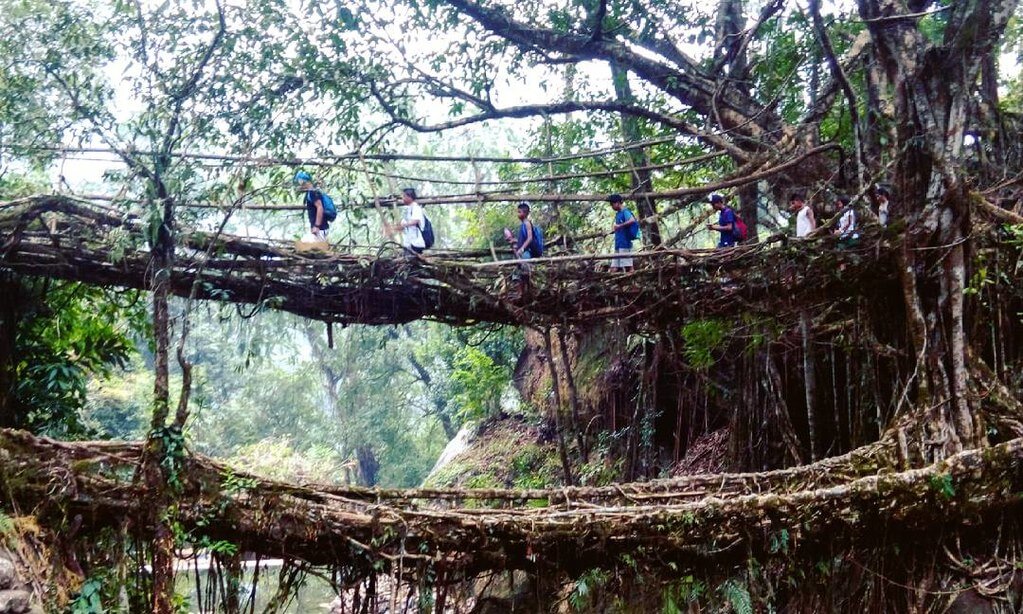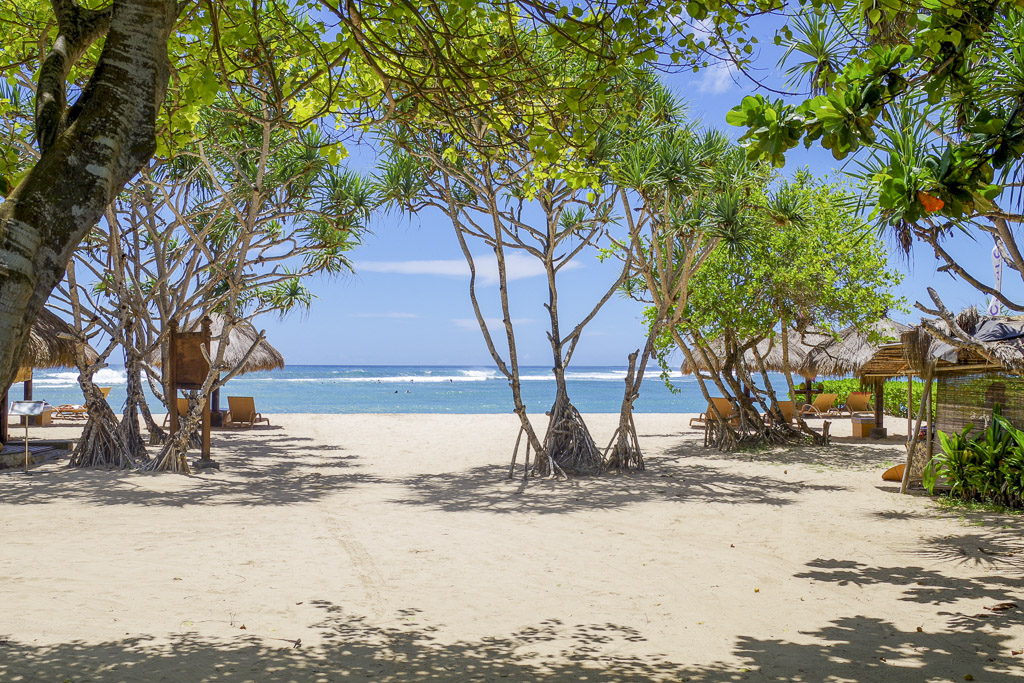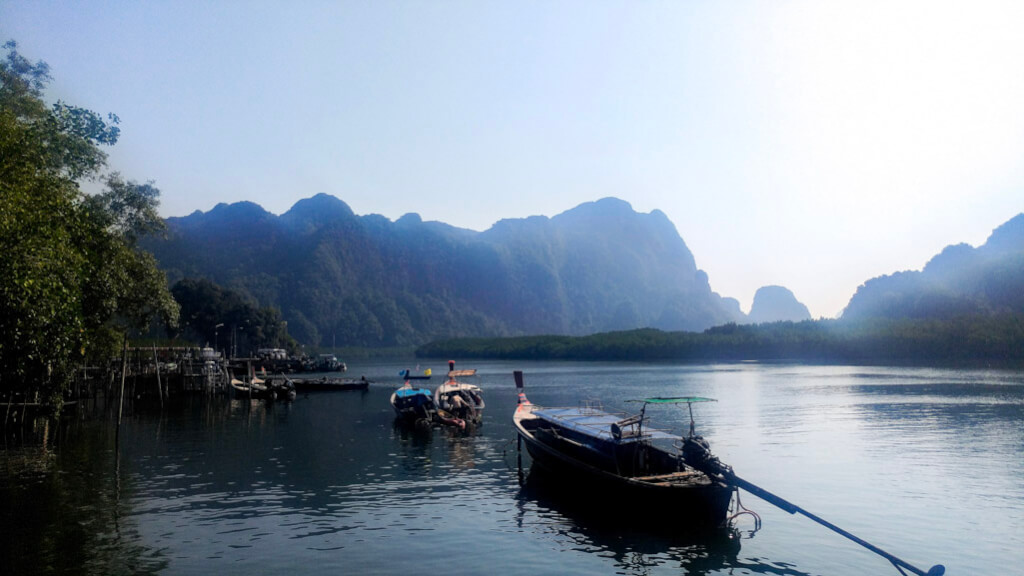North East India is the least explored and offbeat wedge of the country, with its culture and lifestyle less altered by modern customs. Interesting activities are there to entertain guests like the Hornbill festival, hunting with the headhunters of Nagaland and trekking to the double-decker root bridge of Meghalaya. Visiting North East India offers experiences that take visitors back in time/
The seventh largest country in the world, India has 29 states, each with its own culture and festivals, food habits and language. Visiting North East India takes us through Meghalaya, Nagaland, Sikkim, Assam, and Nasapur, through mountains, along crystal clear rivers and lakes, through ancient passes and traditional villages. There is much to be discovered in North East India.
I am Sneha Thomas, a freelance writer and PharmD graduate, based in India. I own and operate the travel website Earth’s Tenant, featuring budget tips and cultural explorations for traveling in India. This is the fourth part of my series on Traveling India here on Gypsy With a Day Job. If you are interested in other areas of this diverse country, read my South India Travel Guide, West India Travel Guide, or my North India Travel Guide.
Visiting North East India
Places to visit in Meghalaya:

Visit Mawlynnong, a village hidden in the green of Meghalaya to win Asia’s cleanest village title. Enjoy water sports at Umiam Lake and feed the adventurer in you. Trek or drive to Shillong peak and get a 360-degree view of the Shillong city. Revive the artist in you at Don Bosco Museum, a hexagonal shaped 7-floor building with cultural artefacts and paintings. Explore the Christian culture of Shillong at All Saint’s Cathedral, the oldest church in Shillong. Trek to David Scott Trail with beautiful waterfalls, interesting tribal villages and green meadows on the way. Trek for 2 to 3 hours to experience the natural wonder of the double-decker living root bridges of Meghalaya. Visit Dawki to dip your legs in the crystal clear water and take a picturesque boat ride along the river. Get ready for cave expeditions at Mawsmai, Siju, Mawmluh of Meghalaya. Get off beat at Garo hills and explore the biodiversity with community-based eco-tours. Watch the lifestyle of local Khasi women at Lewduh Bara Bazaar, one of the largest traditional style markets in Meghalaya.
General Information
Language: English, Khasi and Garo.
Food: Meghalaya is famous for their traditional Khasi cuisine. Jodoh, Dohkhlieh, spicy Nakham Bitchi(fish), Pumaloi, Pukhlein, momos and bamboo shoots are some of the Khasi dishes one shouldn’t miss. Kyat is their party drink of fermented rice beer.
Climate: Meghalaya is an all-time destination for tourists. Summers are from April to June with the temperature between 15 to 20-degree Celsius and easy to explore since rain subsides. Meghalaya is the place with the highest rainfall starts its monsoon from June to September with a temperature up to 20-degree Celsius. All the waterfalls are in full mighty during the rainy season which makes it a monsoon destination. And travel between December and February to enjoy the winter with misty mornings.
Transportation: Meghalaya is poorly connected by rail and air. The nearest railway station in Meghalaya is Guwahati, which is 104 km from Shillong and well connected with major Indian cities. Air connection to Meghalaya is via Umroi, a small airport 35 km from Shillong. Gopinath Bordoloi Airport in Guwahati is another well-connected airport to the rest of India. Meghalaya is well connected via road by unmetered yellow-top taxis and MTC (Meghalaya Tourist Corporation) buses.
Find a great deal and reserve your Meghalaya hotel now!
Places to visit in Nagaland:

Trek to Dzoukou valley which shares the border of Nagaland and Manipur. Spot Blyth’s Tragopan, a rare bird species at one of the remaining virgin forests in India, Satoi Range. Take part in the Hornbill festival which takes place in December every year, to experience the Naga culture at Kisama village in Nagaland. Get educated at Longwa village, learning how the chief’s home shares the international borders between India and Myanmar. Explore the local Naga culture at Kohima night market. Go for a guided tour at one of the Naga heritage village and enjoy the freshly-brewed rice beer served in bamboo glasses. Get adventurous by hunting with the Nagas, the proud hunters.
Language: English, Nagamese
Food: Naga cuisine famous in Nagaland, has pork as one of their main dishes. Naga cuisines are still cooked in the most traditional way. Hinkejvu, Akibiye, Akini Chokibo(snail meat), smoked pork in Akhuni, fish in bamboo and Galho are some of the exotic dishes in Nagaland. Zutho is the party drink of Nagaland which is a fermented liquid made with rice.
Climate: Nagaland has a tourist-friendly climate throughout the year. Summer from May to July has a temperature up to 31 degrees. 24-degree Celsius is the maximum temperature rise during winter. September is the time of heavy rainfall.
Transportation: Dimapur railway station which connects to Guwahati is the main railway station in Nagaland. Dimapur airport is the only way to connect Nagaland via air. Road network in Nagaland is well-developed. Mini coaches, shared or exclusive taxis, private and luxury buses are available to travel via road in Nagaland.
Find a great price and reserve your Nagaland hotel now!
Places to visit in Sikkim:

Drive through one of the most exemplary routes in India, the Ancient Old Silk Route which is the world’s highest drivable pass. Try the local food of Sikkim which is a blend of Tibetan, Nepalese and native Sikkimese food. Take a guided tour at Temi Tea Garden nestled amongst the mountains dotted with cherry blossom trees. Ditch the horse rides and try a Yak ride at snow-capped mountains of Tsomgo Lake. Get a birds-eye view of Sikkim from a cable car ride. Get spiritual at Do Drul Chorten, Golden-top domed stupa which can be spotted from any corner of Sikkim and rotate the prayer feels by chanting mantras. Go for an adventurous Goecha La Trek, which covers 90 km and climbs to 16,000 Ft above sea level. Brush up on some history and culture of Tibetans at Namgyal Institute of Tibetology.
General Information
Language: Sikkimese, English and Nepali.
Food: Momo, Thukpa, Phagshapa(pork), Sha Phaley, Gundruk and Sinki are some of the must-try food items from Sikkim. Sikkim dishes are highly influenced by Nepalese and Tibetan cuisines.
Climate: Summer is the ideal time to travel through Sikkim with the sights of blooming orchids and rhododendrons. Monsoon from July gives heavy rainfall to Sikkim with dangerous roads. Sikkim experiences winter with heavy snowfall with the temperature of 4 to 7 degree Celsius.
Transportation: Bagdogra airport of West Bengal is the nearest airport from Sikkim with a distance of 124 km from Gangtok. Sikkim Helicopter service connects Bagdogra from Gangtok every day with a 20 minute ride targeting tourism. Jalpaiguri and Siliguri are the new rail stations near to Sikkim at West Bengal with a distance of 125 km and 114 km respectively. Ticket reservation facilities are available from Sikkim Nationalized Transport office every day. Roadways to Sikkim offer breathtaking views of green colored forests along the banks of river Teesta and cloud touching mountains of Eastern Himalayas on another side. S.N.T and private buses along with jeeps, taxis and shared cabs are available for road transportation in Sikkim for reasonable prices.
Find a great price and reserve your Sikkim hotel now!
Places to visit in Assam:

Head on to Kaziranga National Park and spent some time observing the single-horned rhinos, which can be spotted only in Assam. Take a ferry ride at Majuli, the world’s largest river island which is on its merge of destruction. Interact with the locals of Majuli who are very interactive, with extreme hospitality. Witness a beautiful sunset and have a memorable dinner date on an evening cruise at river Brahmaputra. Celebrate Bihu festival with the natives as they celebrate it to welcome different seasons. Visit the oldest refinery in Asia at Digboi and get to know about the British era at Assam. Take part in the tea festival and taste the best quality of black tea at Jorhat which happens during the months of November to January. Witness black magic and Sorcery practiced as a part of the Mayong culture. Take a walking tour at Sualkuchi to learn about the silk-producing outlets and see how silk is made for the Assamese attire.
General Information
Language: Assamese, Bodo and Bengali
Food: Khar(meat), Masor Tenga(fish), Duck meat curry, Xaak Aru bhaji, Oou Khatta, Aloo Pitika, Paro ManxhoBaanhgajor Lagot Kukura are some of the main must-try dishes in Assam. Another delicacy of Assamese is their signature Silkworm dish which is stir-fried with spices. Pitha, Gooror Payas, Narikolor Laru, Komolar Kheer, Rice Payas are their sweet dishes to satisfy a sweet tooth.
Climate: Summer from April to June and winter from October to March are the best time to visit Assam. Though summer is humid, the best offseason deals make Assam an ideal travel destination. Winters are pleasant and welcoming in Assam with festivals. Monsoon from July to September is not a good choice for travel in Assam, with chances of landslides and overflowing of the river Brahmaputra.
Transportation: Lokpriya Gopinath Bordoloi International Airport in Guwahati is the main airport in Assam which is well connected to New Delhi, Kolkata, Mumbai and Chennai. Guwahati is the origin point of the North Western Frontier Railway which makes it one of the major railway lines in North East connecting to all other main states in India. ASTC and private buses offer 24 hours bus services in Assam. Apart from buses, rickshaws and taxis are also available for road transportation within and outside the city for a reasonable price. Water transportation by Central Inland Waterways Corporation and the Directorate of Inland waterways are available in Assam over Brahmaputra and Barak rivers.
Find a great deal and reserve your Assam hotel now!
Places to visit in Manipur:

Go for boating at Loktak Lake, the largest floating lake in the world and interact with the friendly locals. Never say no if they invite you to their houses (Phumdis), a floating mass where locals built their homes. Visit the female-dominated Ima Bazaar which has a history of 100 years. Visit the doll-house at Andro village and observe different dolls from the nearby tribal villages of Manipur. Attend the Hiyang Tanaba boat race, conducted as a tribute to Lord Bejoy Govinda.
General Information
Language: Manipuri
Food: Manipuri food is relatively healthy because of their steamed mode of cooking. Chamthong, Eromba, Morok Metpa, Singju, Paaknam(fish), Chachao Kheer, Alu Kangmet and Nga-Thongba(fish) are the famous delicacies of Manipur.
Climate: Monsoon is the best time to explore Manipur for its true shade with moderate rainfall and winds. Winter welcomes tourists with its festive charm and temperature ranging 4 to 25 degree Celsius. Summer, with its humid climate and temperatures up to 30 degree Celsius, is off-season in Manipur.
Transportation: Indian, as well as foreign tourists, require an Inner Line permit to travel through Manipur. Rickshaws, buses and local taxis are available for local transportation in Manipur. Imphal, the capital city of Manipur has the second largest airport in the North East region connecting to Kolkata, New Delhi and Guwahati. Manipur lacking its own railway station can be connected via Dimapur railway station of Nagaland which is about 215 km.
Find a great deal and reserve your Manipur hotel now!
GENERAL INDIA TRAVEL TIPS:
Currency: Indian rupee or INR. (Check the current conversion rate here.)
Visa: All foreign nationals who are planning to visit India must have a national passport along with a valid Indian Visa obtained from an Indian Mission or post abroad. Indian Visa can be applied through an online application link. Click here for detailed information.
SIM cards: Best SIM cards in India are Reliance jio, BSNL, Airtel, Idea, and Vodafone. Indian SIM cards are available from the kiosks of mobile service providers such as Airtel or Reliance at the International airport or cell phone shops of the downtown areas. The following supporting documents has to be submitted to get the SIM card: two color passport photographs of you; photocopy of the personal details page of your passport and visa (Your original passport and visa has to be submitted and will be given back after verification); photocopy of the proof of your home address from the country of your residence; proof of where you’ll be staying in India.
What to pack: India is a conservative country with traditional norms. Except in metro cities, it is preferred to wear clothing like jeans, trousers, t-shirts, tops, and kurtas which cover your shoulders and legs.
Safety tips: Women’s safety is always questioned in India. Women are advised not to travel alone at night. While traveling in an auto or cab never let any friends of the driver travel with you. Don’t hesitate to react if you feel threatened or even teased. Always carry a pepper spray for safety.
Accommodation: There are various accommodation options like backpacker hostels, Airbnb, Couchsurfing, volunteer accommodation, hotels, and resorts available in India. Female travelers must be careful while selecting Couchsurfing in India. Backpacker hostel is safe for budget and female travelers. Most of the hotels and resorts provide complimentary breakfast. Budget accommodations are available from $5-$10.
Emergency numbers: National emergency number: 112; police: 100; women’s helpline: 1091
Isn’t it time to visit North East India?



About the Author: Sneha Thomas is a female travel blogger and freelance writer based in India focusing on exploring offbeat destinations and celebrating cultural travels. She has written for travel websites like Tripoto, Arrivedo, and The art of travel, among others. Be sure to check out her website Earth’s Tenant. You can also find her on the Earth’s Tenant Facebook Page, and the Instagram feed.
Cover image credit: Wallam Nongsiej, double decker root bridge, from Wikimedia Commons.





